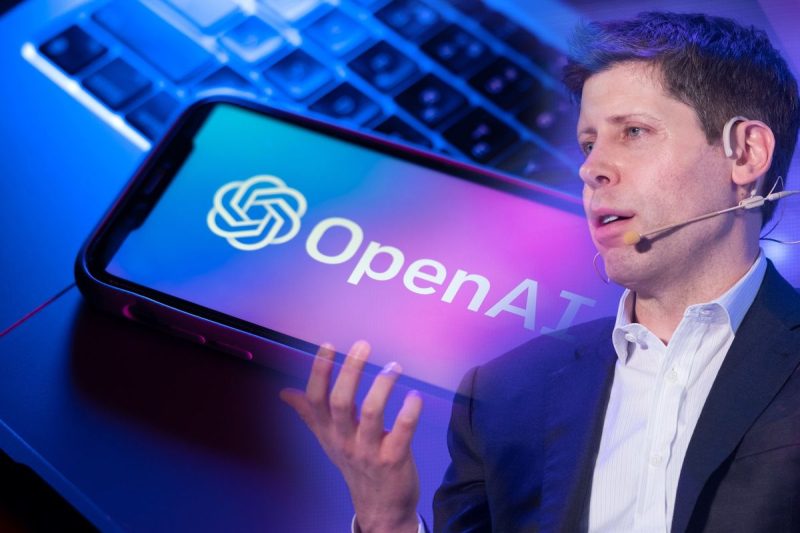Recently, OpenAI, the Silicon Valley-based AI and machine learning research organization, shocked the tech world by firing highly esteemed CEO Sam Altman. Altman had served as the organization’s president and chief executive since 2016, overseeing its growth and accomplishments.
The decision to part ways with Altman was made with a mutual agreement. According to OpenAI, it decided to “transition to a new leadership structure to better achieve our mission.” It was also agreed that Altman would remain a board member as the organization moves forward.
The firing of Altman comes as OpenAI is making some major changes to its business model, including selling access to its powerful artificial intelligence bots. The bots, called ChatGPT, allow users to have conversations with an AI-powered “virtual assistant”.
The decision to fire Altman and focus on commercializing OpenAI follows a string of other changes at the organization. Earlier this year, it unveiled its new product roadmap, which included plans to become a multi-product company. It also deployed several new AI products, such as its self-serve GPT-3 platform for developers.
Altman was widely admired for his ambitious vision for OpenAI. He had previously declared that the organization’s ultimate goal is to create digital “super-intelligence” that can solve world-scale problems.
OpenAI has yet to announce who will be replacing Altman as its CEO, but it is expected to make an announcement soon. In the meantime, the organization will continue to focus on its product roadmap, and its commercial activities to monetize its AI products.
It is clear that Altman’s firing marks a significant shift in focus for OpenAI. Although it is still unclear how the new leadership structure will shape the organization’s future direction, one thing is certain – OpenAI is no longer content to simply serve as a research institution. It is now focused on financial success and creating real-world applications for its AI technology.
“Tech 5: OpenAI Shockwave – Sam Altman Departs as ChatGPT Maker Shakes Up the AI Scene!






